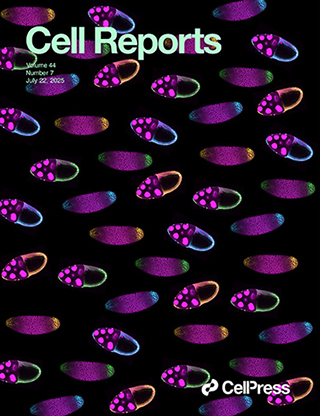Highlights
- Reversible White-Brown morphogenetic switching occurs at high frequency in C. auris clades
- White-Brown conversion alters fitness, immune evasion, host adaptation, and drug resistance
- Carbon source utilization and temperature are main triggers of White-Brown morphogenesis
- The Wor1, Msn4, Crz2, and Rca1 regulators act as activators, whereas Efg1 is a repressor
Summary
The skin-tropic human fungal pathogen Candida auris can cause life-threatening infections of high mortality in healthcare settings. Clinical isolates display a pronounced heterogeneity in virulence traits, such as antifungal susceptibility, stress adaptation, and growth fitness. However, the mechanistic bases underlying intraspecies variations remain enigmatic.
Here, we show that C. auris cell populations encompass multiple cell states that allow for reversible morphogenetic switching at high frequency, resulting in distinct White and Brown morphotypes. Further, we demonstrate that temperature and carbon source are key drivers of morphogenesis. White and Brown morphotypes show distinct phenotypes concerning stress tolerance, antifungal susceptibility, and fitness on murine skin.
Our data reveal that morphogenesis engages both transcriptional activators, including Wor1, Msn4, Crz2, and Rca1, and the Efg1 repressor. Importantly, the stochastic conversion explains the extreme plasticity underlying adaptive virulence traits. The results allow for the exploration of the therapeutic potential of morphogenesis regulators in C. auris.
